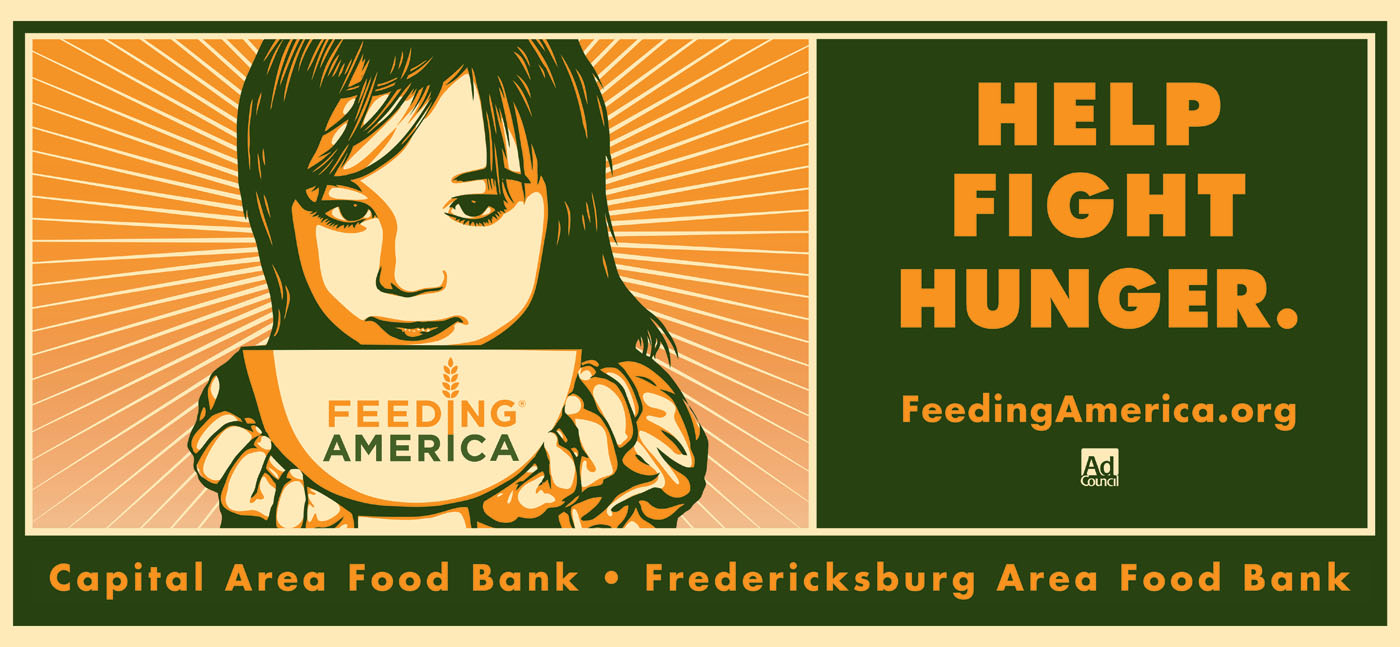Urban Exile: Feeding America Takes On The Myths About The SNAP Program
PROGRAM FACTS
SNAP is targeted at the most vulnerable.
76 percent of SNAP households included a child, an elderly person, or a disabled person. These vulnerable households receive 83 percent of all SNAP benefits.
SNAP eligibility is limited to households with gross income of no more than 130 percent of the federal poverty guideline, but the majority of households have income well below the maximum: 83 percent of SNAP households have gross income at or below 100 percent of the poverty guideline ($19,530 for a family of 3 in 2013), and these households receive about 91 percent of all benefits. 61 percent of SNAP households have gross income at or below 75 percent of the poverty guideline ($14,648 for a family of 3 in 2013).
The average SNAP household has a gross monthly income of $744; net monthly income of $338 after the standard deduction and, for certain households, deductions for child care, medical expenses, and shelter costs; and countable resources of $331, such as a bank account.
Program Growth
MYTH: Generous eligibility rules and program fraud and abuse have caused participation in SNAP to balloon, sharply driving up the cost of the program when the nation can least afford it.
FACT: The dramatic increase in SNAP participation and costs is a result of the recession, not categorical eligibility. Our nation has seen the highest unemployment rates in nearly 30 years.
SNAP participation historically follows unemployment with a slight lag. SNAP participation grew during the recession, responding quickly and effectively to increased need. As the number of unemployed people increased by 94 percent from 2007 to 2011, SNAP responded with a 70 percent increase in participation over the same period.
As the economy recovers and people go back to work, SNAP participation and program costs, too, can be expected to decline. Unemployment has begun to slowly fall, and SNAP participation growth has flattened out. The Congressional Budget Office projects SNAP participation to begin declining in 2015, with both unemployment and SNAP participation returning to near pre-recession levels by 2022.
Administrative Spending
MYTH: We could achieve significant savings by cutting administrative expenses alone without doing harm to SNAP participants.
FACT: SNAP administrative expenses are small. Federal administrative expenditures for SNAP equal less than 4.5 percent of overall federal SNAP costs. About 95 percent of that is the federal share of state administrative costs for operating the program. SNAP caseloads have risen by more than 75 percent since FY2007 due to historic unemployment, but federal spending on state administrative costs has only risen by 17 percent over the same period.
SNAP administrative expenses are essential. Administrative expenditures cannot be cut significantly without compromising program integrity. Administrative expenditures in SNAP are used for essential functions like verifying eligibility, preventing benefit trafficking, administering work requirements, and related functions.
Much of the administrative savings that is being discussed isn’t what you or I would consider program administration. For example, it includes spending on employment and training services that help SNAP participants move from welfare to work and federal oversight of the roughly 200,000 retail stores that accept SNAP benefits. Overstating the level of administrative spending really amounts to a call for cuts to SNAP benefits, eligibility, and essential services.
Work Requirements
MYTH: SNAP doesn’t do enough to encourage participants to get a job, and the program needs stronger work requirements.
FACT: SNAP already has strict time-limits for unemployed workers. Able-bodied adults without dependents (ABAWDs) may only receive 3 months of SNAP benefits during any 3 year period, unless they are working in a qualifying job training program.
The SNAP benefit formula is structured to provide a strong work incentive – for every additional dollar a SNAP participant earns, their benefits decline by about 24 to 36 cents, not a full dollar, so participants have a strong incentive to find work, work longer hours, or seek better-paying employment.
One More Fact
SNAP has a strong record of program integrity.
SNAP error rates declined by 57 percent since FY2000, from 8.91 percent in FY2000 to a record low of 3.80 percent in FY2011. The accuracy rate of 96.2 percent (FY2011) is an all-time program high and is considerably higher than other major benefit programs, for example Medicare fee-for-service (91.5 percent) or Medicare Advantage Part C (88.6 percent).
Two-thirds of all SNAP payment errors are a result of caseworker error. Nearly one-fifth are underpayments, which occur when eligible participants receive less in benefits than they are eligible to receive.

